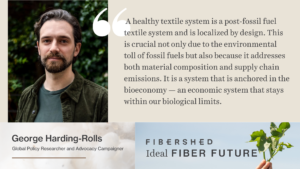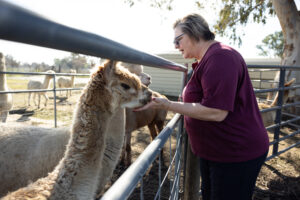Fiber Visions: Cotton
How can cotton contribute to regenerating soil health in California? Both a wardrobe staple and an agricultural mainstay, cotton is an annual crop that could be produced in a way that restores carbon levels, healthy nitrogen cycling, and water-holding capacity to the landscape. With regional manufacturing, the journey from field to fashion can reduce the footprint of our everyday textile goods.
The illustrations below offer an ambitious but achievable vision for regenerative cotton in California. The vision is based on on-going efforts with California cotton growers and informed by interviews with experts including Nathanael Siemens of Fat Uncle Farms, agroecologist Kelsey Brewer, and soil scientist Jessica Chiartas. The cotton textile sample comes from California Cloth Foundry and was produced using Sustainable Cotton Project Certified Cleaner Cotton grown and ginned in the San Joaquin Valley, spun in North Carolina, and knit and finished in California. While the textile doesn’t align with every practice outlined in the vision we present, it represents a key transition in the direction of that vision.
Wet Season
As cotton harvested at the end of the previous season is ginned, cover crops are planted without tilling and allowed to grow and feed the soil. At the end of the season, the cover crop is terminated and cotton is planted directly into the residue.
 |
 |
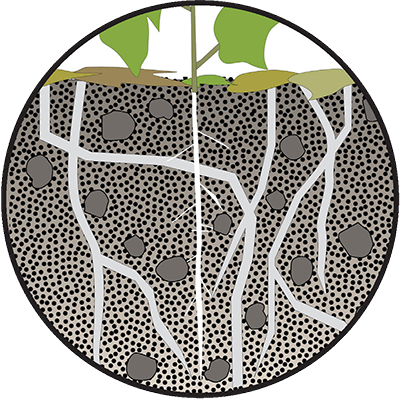 |
| Compost Application Compost provides readily-available nutrients and inoculates the soil with beneficial microbes. |
Multi-Species Cover Cropping Diverse and healthy plant roots support diverse and healthy soil communities. Together they provide pathways for water, carbon, and other nutrients to enter the soil, which acts like a sponge and keeps them cycling where they are needed. |
No-Till Planting Seeds are planted without tilling to maintain the soil structure, which is critical for water infiltration, soil function, and preservation of organic carbon. |
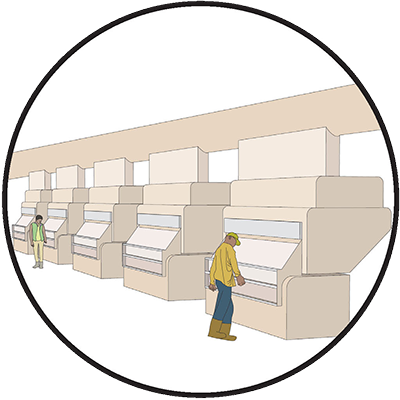 |
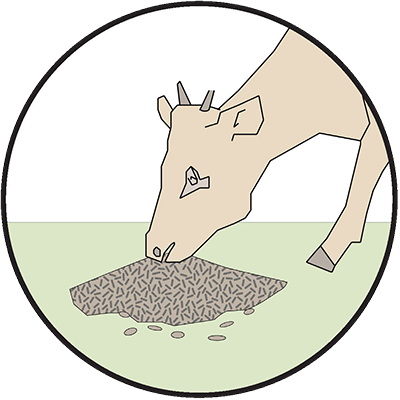 |
 |
| Ginning Workers gin cotton after harvesting to remove the seeds and short fibers. |
Cattle Feed Seeds from ginned cotton are used for cattle feed. |
Spinning Workers, card, draft, and spin ginned cotton into yarn. |
Dry Season
Cotton grows as the field is irrigated and weeds are managed. Cotton bolls develop after irrigation is halted. Prior to harvesting, the plants are made to drop their leaves. After harvesting, sheep graze the stubble and prepare the soil for the coming rains.
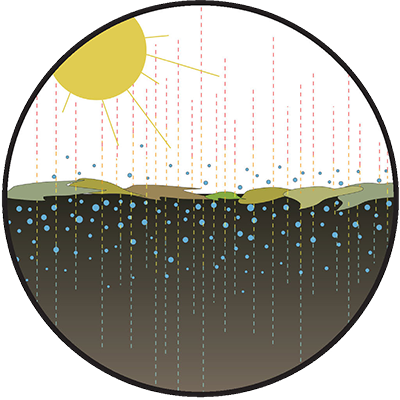 |
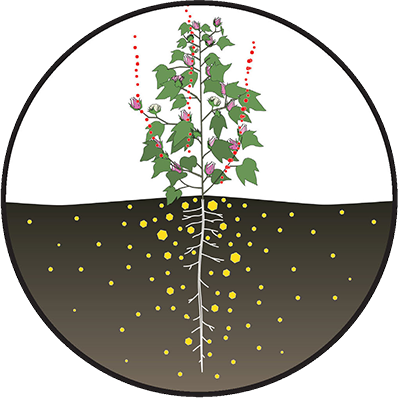 |
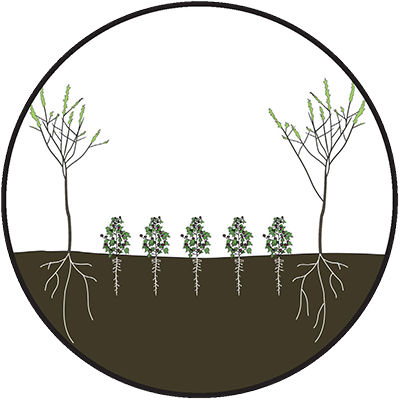 |
| Maintaining Cover Dead cover crop materials keep the soil covered, maintaining ideal temperatures, reducing evaporation, and reducing the build-up of salts in the soil. |
Carbon Sequestration Plants transfer carbon from the atmosphere and energy-storing sugars to the life in the soil. In turn, microorganisms support the plants and store carbon as they build soil. When carefully managed, these processes can address climate change. |
Alley Cropping Integrating row crops and tree crops can diversify income, improve production, and increase carbon storage. Trials for cotton and trees like mulberry and olive are currently underway. |
 |
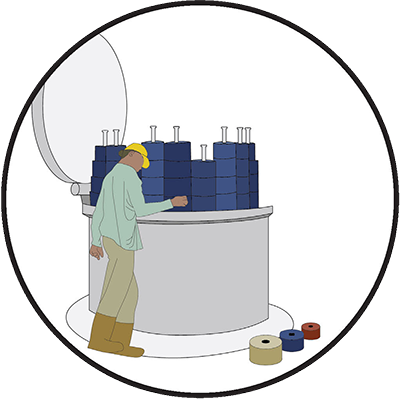 |
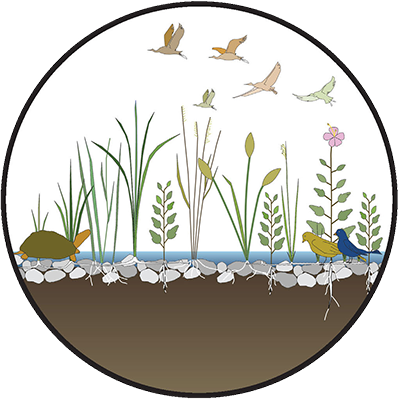 |
| Weaving & Knitting Workers weave or knit yarn into fabric in mills powered with renewable energy. |
Dyeing & Finishing Loose fibers, yarns, fabrics, and garments are dyed using natural materials. Wastewater is treated and applied to fields. |
Riparian Restoration Restoring river areas supports biodiversity, sequesters carbon, and protects water used for irrigation from pollution and evaporation. |
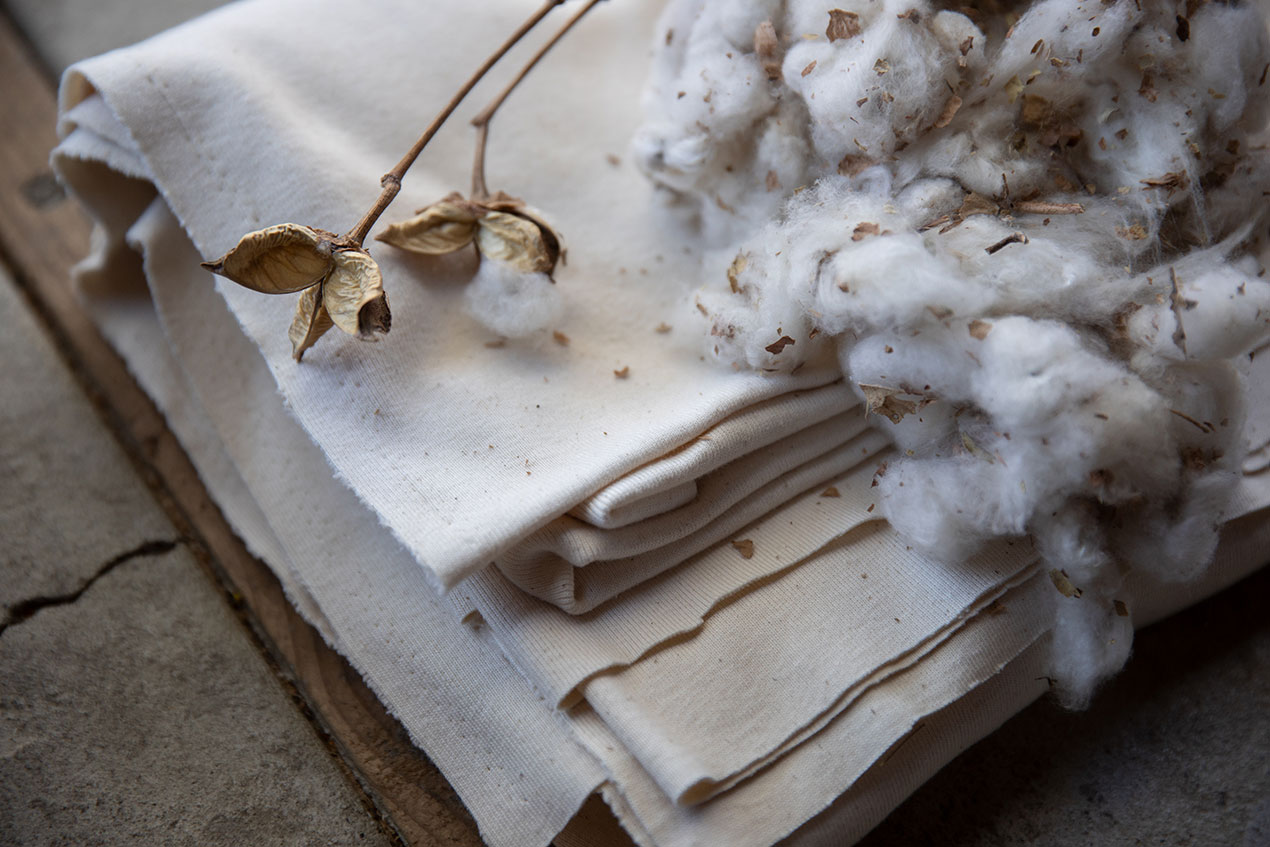
Photos by Paige Green, illustrations by Amanda Coen




